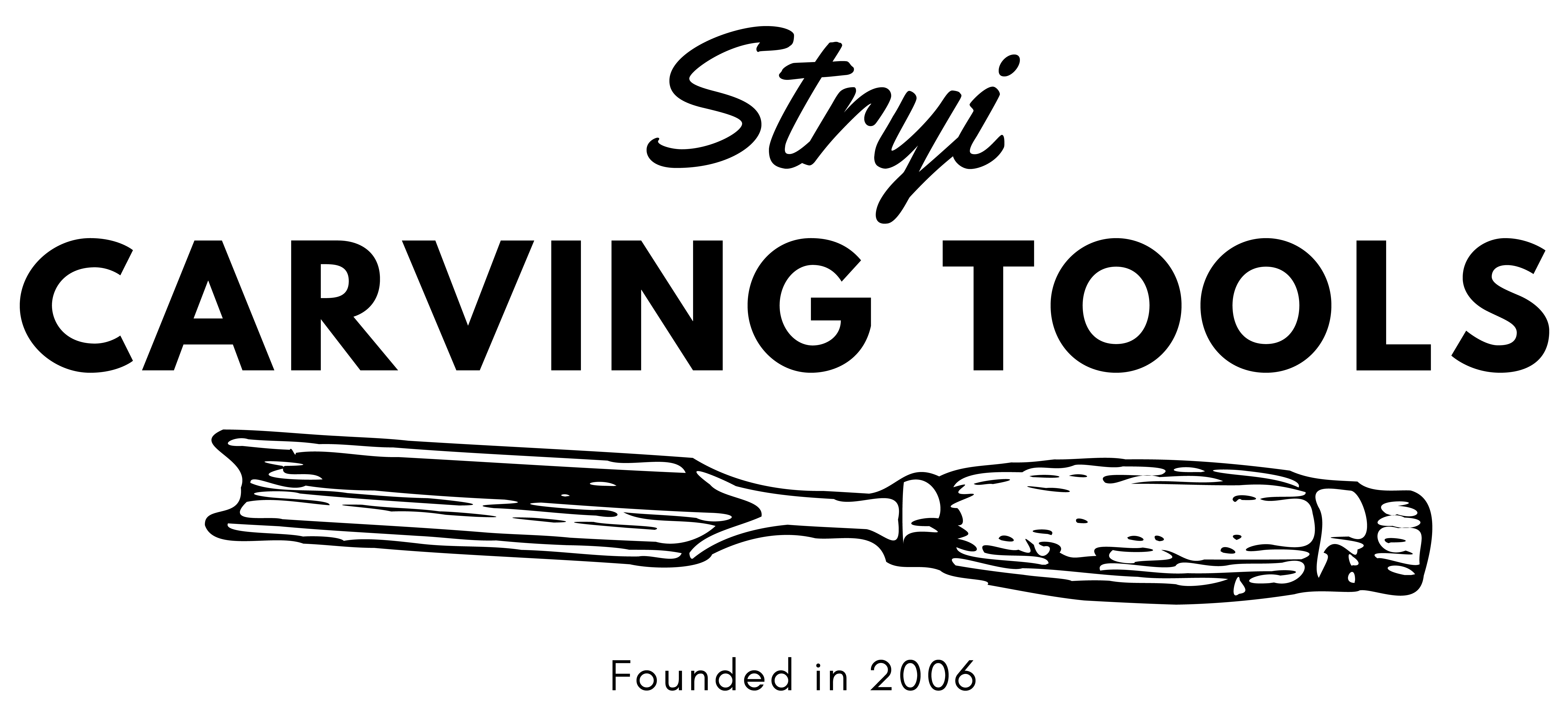10 carving mistakes beginners make (and how to avoid them)
Wood carving is one of the most rewarding crafts—combining precision, patience, and creativity. But if you're just starting out, it’s easy to fall into habits that can lead to frustration, damaged tools, or even injury. Whether you're carving figures, spoons, or reliefs, avoiding common beginner mistakes will improve your skills faster and keep your projects enjoyable.
Here are the 10 most common wood carving mistakes beginners make—and how to avoid them.
10 carving mistakes beginners make (and how to avoid them)
1. Using the wrong type of wood
Mistake:
Starting with hardwoods like oak, maple, or walnut, which are too tough for learning techniques.
Solution:
Begin with softwoods such as basswood, butternut, or pine. They’re easier to carve and more forgiving of errors.
2. Carving with dull tools
Mistake:
Using tools that haven’t been properly sharpened, leading to rough cuts and forced strokes.
Solution:
Sharpen your tools regularly. A razor-sharp knife or gouge requires less pressure, gives cleaner results, and reduces risk of injury.
3. Ignoring the wood grain
Mistake:
Cutting against the grain, which causes splintering, resistance, or tear-out.
Solution:
Learn to read the grain direction—always carve with the grain when possible, and adjust your angle when resistance increases.
4. Skipping safety gear and habits
Mistake:
Holding the workpiece in your lap or cutting toward your hand without protection.
Solution:
-
Use a carving glove, thumb guard, or non-slip mat.
-
Always cut away from your body and secure your workpiece with clamps or a carving vice.

5. Using the wrong tools for the job
Mistake:
Trying to use a single knife for every cut or reaching for oversized chisels on delicate work.
Solution:
Use the right tool for each task:
-
Detail knife for fine lines
-
Gouges for curves and hollows
-
V-tools for linework
-
Chisels for straight cuts
Invest in a small set of basic, quality tools rather than one-size-fits-all solutions.
6. Neglecting to sketch or plan
Mistake:
Jumping straight into the wood without a design or outline, leading to asymmetry or wasted material.
Solution:
Take time to sketch your design, mark your outlines, and visualize depth. Planning ahead leads to better proportion and fewer corrections later.
7. Working too fast
Mistake:
Rushing the process and taking off too much material at once.
Solution:
Carve slowly and in small increments. It’s easier to take more away than to fix a mistake. Focus on control, not speed.
8. Not maintaining your workspace
Mistake:
Carving in a cluttered or unstable area, which can lead to poor posture and prevent precision.
Solution:
Set up a clean, well-lit workspace. Use a stable surface, keep tools organized, and position yourself to avoid back and wrist strain.
9. Skipping sanding or finishing
Mistake:
Finishing a project without smoothing out tool marks or applying protective coats.
Solution:
After carving, sand your piece (if appropriate for your style) and apply finishes like oil, wax, or sealant to protect the wood and enhance its grain.
10. Giving up too soon
Mistake:
Expecting perfection on your first try and getting discouraged by mistakes.
Solution:
Treat each carving as a lesson. Save your early pieces to track progress. Improvement comes from consistency, not perfection.
Final thought: carve with patience, learn with purpose
Every carver makes mistakes—it’s part of the process. But by avoiding these common pitfalls, you’ll build better habits, protect your tools (and fingers), and get more enjoyment from your work. Wood carving is a skill that rewards those who practice mindfully and consistently.
Start slow, stay sharp, and enjoy the journey.















